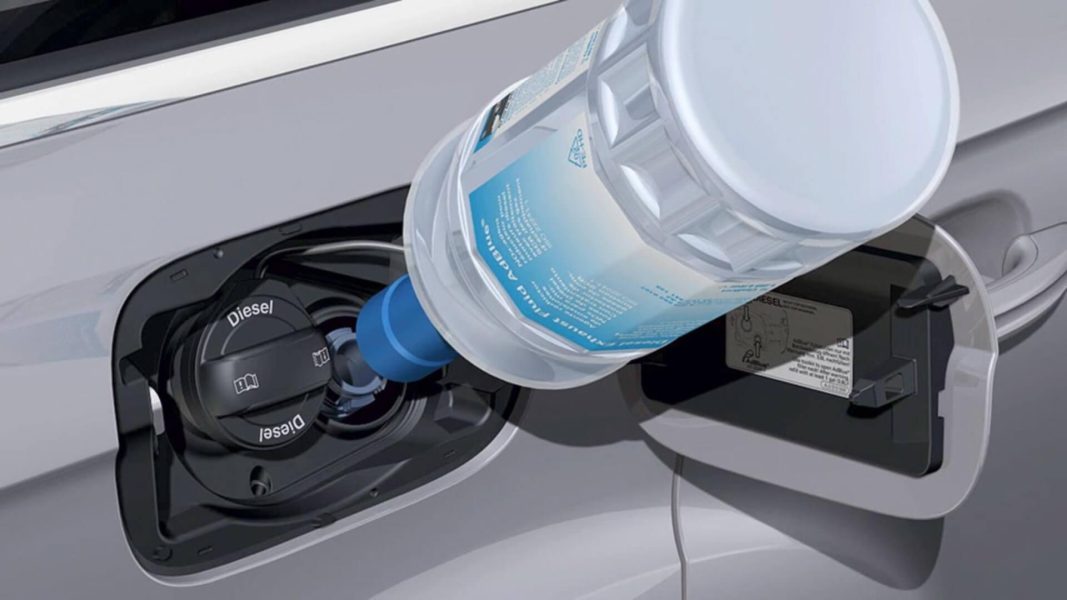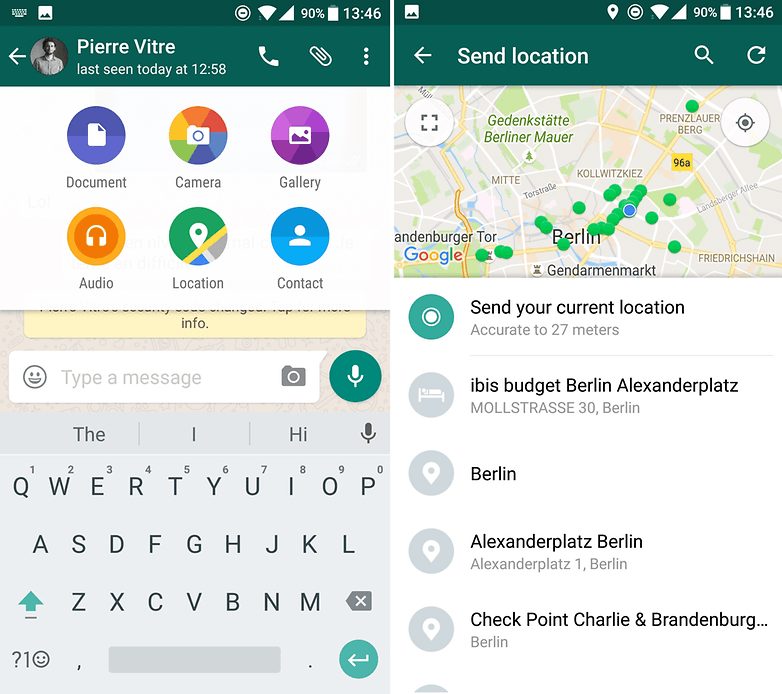
What is AdBlue and does your diesel car need it?
Content
Many Euro 6 diesel vehicles use a fluid called AdBlue to help remove toxic substances from the vehicle's exhaust gases. But what is it? Why does your car need it? Where does he go in the car? Read on to find out.
What is AdBlue?
AdBlue is a fluid added to diesel vehicles that reduces the harmful emissions they can create. AdBlue is actually a brand name for what is technically known as diesel exhaust fluid. It is a solution of distilled water and urea, a substance found in urine and fertilizers. It is non-toxic, colorless and has a slightly sweet smell. It does get a little sticky on hands but washes off easily.
Why does a diesel car need AdBlue?
Euro 6 emission standards apply to all vehicles manufactured since September 2015. They place very strict limits on the amount of oxides of nitrogen, or NOx, that can legally be emitted from the tailpipe of a diesel car. These NOx emissions are a by-product of the combustion process - burning a mixture of fuel and air inside the engine - that produces power to propel the car.
Such releases are associated with respiratory diseases that can seriously affect people's health. Although an individual car emits very small amounts of NOx, add up the emissions from thousands of diesel engines and your city's air quality can be significantly degraded. And it can harm the health of you and your family. AdBlue helps reduce NOx emissions.
How does AdBlue work?
AdBlue is used as part of a vehicle's Selective Catalytic Reduction or SCR system and is automatically injected into your vehicle's exhaust system where it mixes with exhaust gases, including NOx. AdBlue reacts with NOx and breaks it down into harmless oxygen and nitrogen, which exit the exhaust pipe and are dispersed into the atmosphere.
AdBlue does not eliminate all of your vehicle's NOx emissions, but it does significantly reduce them.
How much AdBlue will my car use?
There is no set rule by which cars use AdBlue. In most cases, it takes several thousand miles to empty a car's AdBlue tank. Some can travel at least 10,000 miles before needing to refuel. It's also worth noting that, contrary to some reports, using AdBlue doesn't mean you'll burn more fuel.
How do I know how much AdBlue is left in my car?
All cars that use AdBlue have a gauge somewhere in the on-board computer that shows how much is left. Please refer to the user manual for instructions on how to view it. The warning indicator will illuminate on the driver display long before the AdBlue tank is empty.
Can I top up AdBlue myself?
Not every car allows you to fill your AdBlue tank yourself, but you can easily find out if it allows you. Behind the gas tank hatch there will be an additional hatch with a blue AdBlue cap, next to the regular diesel tank. The tank itself is located under the car, next to the gas tank.
AdBlue is available at most gas stations and auto parts stores. It comes in containers up to 10 liters which usually cost around £12.50. The container will come with a spout to make pouring the AdBlue into the filler much easier. In addition, there are AdBlue pumps in the heavy-duty lanes at gas stations that you can use to refuel your car if it has the right injector.
It is extremely important that you do not accidentally pour AdBlue into your car's fuel tank. If you do, the tank will need to be drained and flushed. Luckily, you can't fill the AdBlue tank with diesel fuel because the pump nozzle is too big.
If your car does not have a special AdBlue filler neck, the tank can only be filled in the garage (since the filler neck is usually hidden under the trunk). The tank needs to be filled every time your vehicle is serviced, so make sure the garage doing the job turns it on. If the tank needs topping up between services, most garages will do this for a small fee.
What happens if my car runs out of AdBlue?
You should never let your car run out of AdBlue. If this happens, the engine will go into "weak" mode, which reduces power drastically to keep NOx emissions within acceptable limits. If this happens, a warning will appear on the driver display and you should refill your AdBlue tank as soon as possible. You should not turn off the engine until you have access to an extra dose of AdBlue because the engine is unlikely to start.
By the way, the lack of AdBlue is just one of the many reasons why the engine goes into emergency mode. Any serious engine or transmission problems that occur while driving will activate emergency mode. It is designed to prevent further damage and keep the vehicle moving so you can stop in a safe place to call emergency services.
Which vehicles use AdBlue?
Many diesel vehicles meeting Euro 6 emission standards use AdBlue. However, not everyone does this, as other systems can be used instead to reduce NOx emissions.
There are so many vehicles that use AdBlue that there is no space here to list them all. However, here are a few tips to help you figure out if the car you want to buy uses AdBlue:
- Check if the word "blue" or the letters "SCR" is part of the car's name. For example, Peugeot and Citroen diesel engines using AdBlue are labeled BlueHDi. Fords are labeled EcoBlue. Volkswagen vehicles are labeled TDi SCR.
- Open the fuel door to see if there is the AdBlue filler cap with the blue cap mentioned earlier. If you are still unsure, please contact your dealer or manufacturer.
There are many quality new and used cars to choose from in Cazoo. Use the search feature to find what you like, buy it online and have it delivered to your door or choose to pick up from your nearest Cazoo Customer Service Center.
We are constantly updating and expanding our range. If you can't find one today, check back later to see what's available or set up promotional alerts to be the first to know when we have vehicles that suit your needs.
